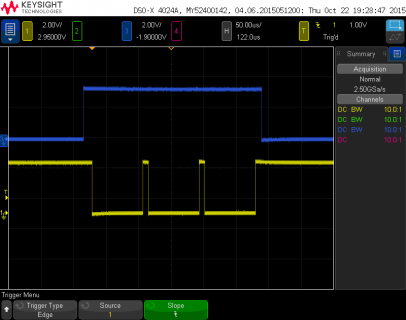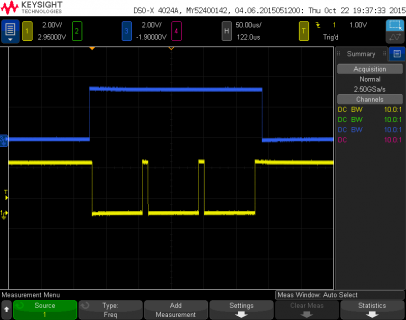I've got these fancy Dynamixel AX12 servos and I want to use them with a teensy3. The ax12 communicates via half duplex rs485. When other folks have used these with arduino they either tie rx to tx and hack the serial library for half duplex, or they use an external tri-state buffer chip (74S241) and a library for coms.
I'd rather not use an external chip on this project due to size requirements. Also the 74s241 that they use in the example is 5v.
Isn't there some way to enable half duplex on one of the serial ports on the teensy?
Any ideas or thoughts would be helpful.
I'd rather not use an external chip on this project due to size requirements. Also the 74s241 that they use in the example is 5v.
Isn't there some way to enable half duplex on one of the serial ports on the teensy?
Any ideas or thoughts would be helpful.



